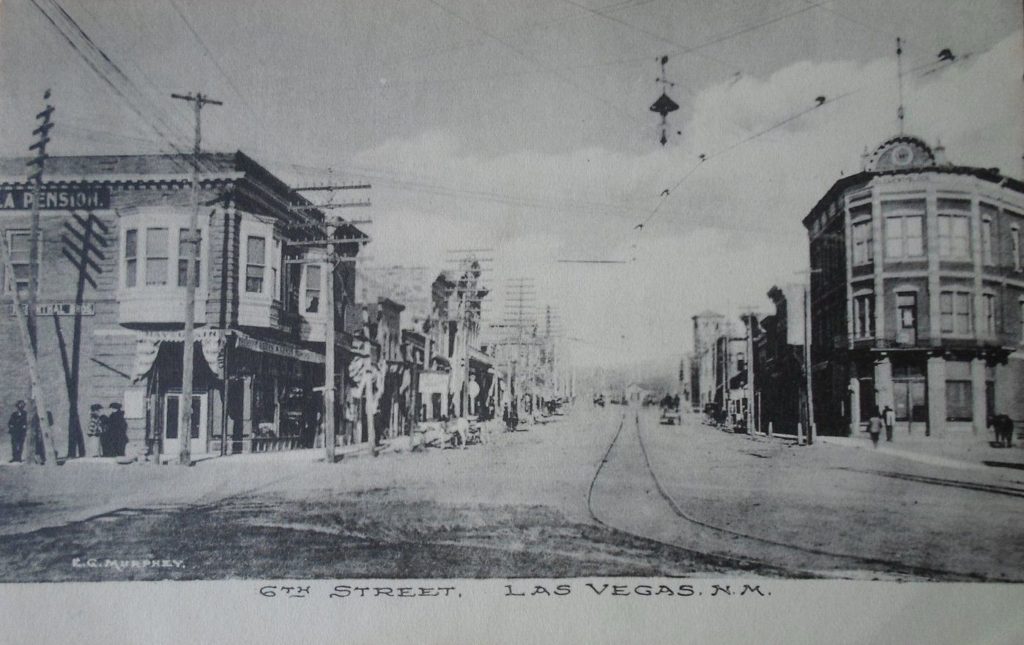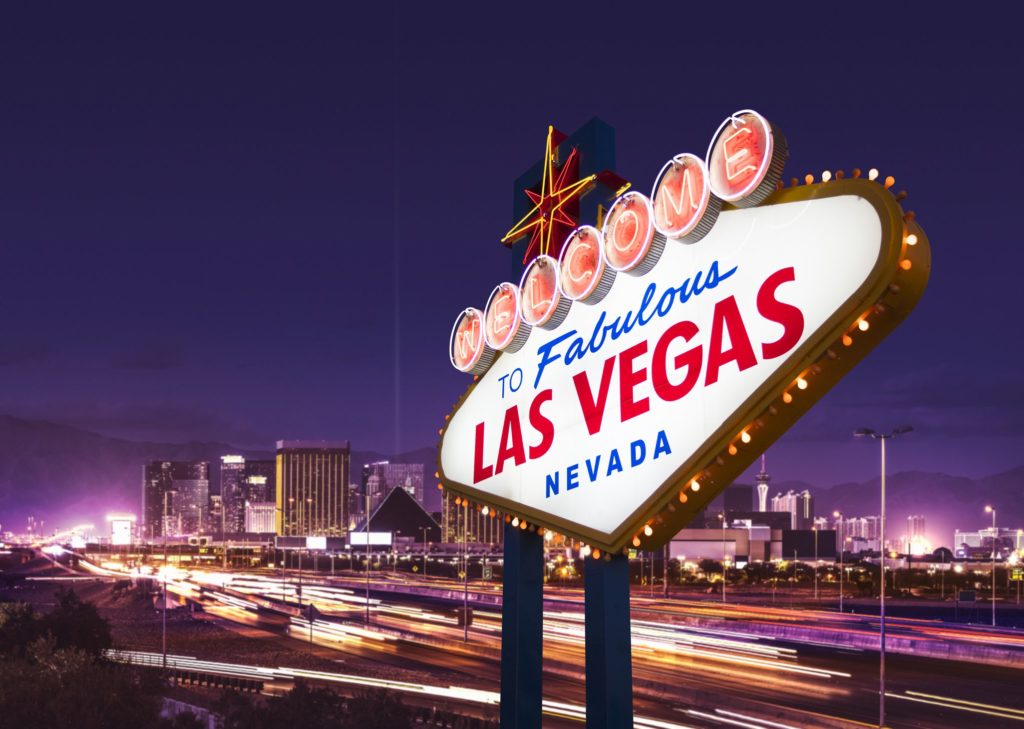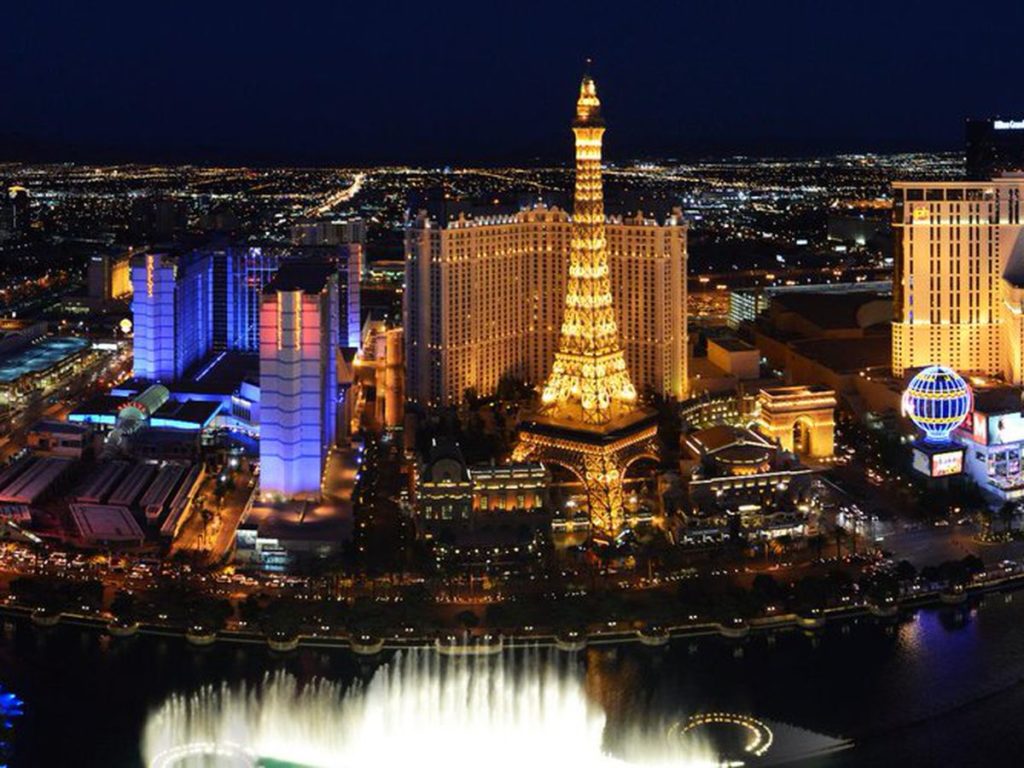THE BIRTH OF THE CASINO
Gambling has always been a constant in history where partners from all ages and ages enjoyed betting. The first game of chance was recorded in China around 2300 BC., where tiles were found that made reference to the games of chance of that time. Also, the die in ancient Egypt dates from 1500 AD. C approximately. Trying to define the exact period of time in which gambling was invented is almost impossible, but we can guess when the first official casino was founded.

Although gambling has always been a fairly popular hobby, there had never been an official building to enjoy them. While it is true that there were halls and game cabinets where players met, the authorities did not assign a specific official location for the game until 1638. The local city hall of Venice officiated the original opening of the Casino di Venezia during the carnival season in order to allow organized and peaceful gaming sessions during the event. Today, the casino is still standing next to one of the most evocative channels in the city.
It was not until the late eighteenth and early nineteenth centuries when the word “casino” was officially coined. At this time, the casino building boom begins, especially in the European continent. Some German cities, such as Baden-Baden and Wiesbaden, along with the glamorous Monte Carlo, began to build extravagant casinos that adapted to the elite players of the time. Many of them looked more like a palace than a simple building for playing cards!
However, the picture across the pond was much less extravagant. The casinos began to exist after the birth of the city of Las Vegas (later we will talk about it again). Until then, gambling was played in the old taverns. But it can be said that they were not exactly the most welcoming places for novice players.
THE BOOM OF THE CITY OF LAS VEGAS
It would be absurd not to talk about the city of Las Vegas when telling the history of casinos, right? This metropolis built in the middle of the desert attracts thousands of visitors every year who travel to Las Vegas to enjoy the endless attractions it offers and compete to earn money in blackjack, slots, and online casino.
And how they managed to monopolize the prominence of the panorama of casinos worldwide the sandy plains of Nevada?
It all started in 1905. A group of railway workers built the connection between Las Vegas and the Pacific coast, which passed through large cities such as Los Angeles and Salt Lake City. The workers needed a shelter to stay after endless working days in construction and, at that time, before you could finish the phrase “Do you feel like we play a game of letters?”, the bad behavior had already expanded through the city. Gambling, alcohol, and prostitution were the basis of vice in Las Vegas. Although not for a long time, since the state authorities soon dismantled these acts of debauchery.

Between 1910 and 1931, participating in gambling was illegal in the state of Nevada. However, in an era of clandestine bars and bans, there was no one to stop these fervent players. Anywhere you could find a game table, from basements to restaurant kitchens, so that players could clear their minds after a long day at work.
The popularity of these casinos was growing so much that, when the state once again legalized gambling, Las Vegas had already become the dark weak point of organized casino games and even crime.
Although the Golden Gate was the first legitimate casino that was built in the city, it was in 1941 when the first leisure resort in the city was built: The Rancho Vegas. Never before has something like this been seen: swimming pools, horse riding facilities and, of course, casino games. The first casino on the Las Vegas Strip had two blackjack tables, a craps table, a roulette wheel and about 70 slot machines , becoming the fuse that started the sin city boom and the games.
THE PARADISE OF THE MAFIA
The city of Las Vegas began to flourish after World War II. This resurgence attracted the attention of the pettiest groups of men in the United States: the mafia. It is rumored that even the famous Al Capone considered this city to build its own tourist complex with casino. However, his plans never materialized. Las Vegas was a “free” city of gangsters until the well-known Bugsy Siegel wanted to reach out.
In 1946 he founded Flamingo, a tourist complex inspired by the tinsel and glamor of Hollywood. Siegel had the support of the money from the drug of Meyer Lansky, a famous East Coast gangster who approved the creation of a hotel and casino much more elegant than El Rancho. But everyone knows that, in the style of the mafia, when something goes wrong, someone must pay the consequences. And that is what happened to Siegel. Mafia bosses forced him to advance the opening of Flamingo. He was forced to reduce construction and steal money from the leaders of the Mafia-controlled union to meet deadlines. In addition, when the tourist complex went through bad times, not only did the dice roll on the game tables, but also Siegel’s head.
After his murder in 1947, Siegel’s legacy remained alive in Las Vegas. With the money of the gangsters they contributed to the construction of the city of Las Vegas, making it the world capital of casinos. Iconic hotels such as the Sands, the New Frontier or the Sahara were built just after his death. In the 1950s, the Chicago Outfit arrived in the city and, with the help of the mafia families of the city of New York, they took over the power of the city, turning it into a shelter for gangsters. Families from all corners of the United States signed agreements on the actions that each of them would have in their casinos. It was difficult to know who the owner was and what property they owned. But anyway, the mafia was involved in everything: nothing escaped their control.
The mafia also made it easier for big stars like Frank Sinatra and Elvis Presley to visit the casinos. Around 1954, eight million tourists visited Las Vegas every year to be able to take a seat at the poker and blackjack tables.

FROM THE SCAM TO COMMERCIALISM
However, soon, the control that the mafia had over the city began to diminish and megacasinos began to emerge. In 1966, the multi-faceted Howard Hughes stayed at the Desert Inn and took a somewhat strange approach when leaving the hotel. Instead of handing over the keys to his room, he decided to buy the hotel. And his story does not end here: Hughes spent $300 million on the acquisition of several imposing hotels on the Strip with the aim of giving them a new image and elevating them to a new level. Times had changed: corporate commercialism had usurped control of the city from threatening gangsters.
Since Hughes shared his great ideas, the humble casinos underwent stratospheric changes. The first major tourist complex was opened in 1989 at the Mirage Hotel and Casino, owned by Steve Wynn. From then on, the old-school casinos began to disappear. In turn, they were replaced by works of architectural art inspired by the canals of Venice and the nerve center of ancient Rome that attracted more than 40 million players a year eager to play blackjack and spin roulette .
HOW GAMES ARE GIVEN?
Now that we know a little more about the origins of the casinos, what were the most popular games?
The origins of blackjack remain unknown. There are several theories that revolve around his birth. Some of them argue that it comes from the casinos of France in 1700 in which a game called Vingt-et-Un was played (21 in Spanish). However, several casino historians believe that blackjack’s roots are in Spain. Spanish players played Thirty-one, a version of blackjack with three cards in which they had to reach 31 points or get as close as possible. Some people think that this game is inspired by the French game Vingt-et-Un.

But there is more. The Romans were known for placing small bets, both in gladiatorial battles and in a simple game with blocks of numbers. In a rather simplified version of blackjack, wooden blocks were distributed with numbers to the players and they bet that their combination was the highest value. Today, there are still doubts about the origin of the games, so it is probably better to enjoy them for what they are and not for what they were.
Who would have thought that such a simple game could have had such an exciting story?
A TURN OF LUCK
Interestingly, the original idea of what we call roulette today has no idle purpose or gambling. On the contrary, it was a failed attempt to create a continuous motion machine. Blaise Pascal, a French physicist and mathematician, wanted to invent a machine that would spin continuously without the need to apply energy (an idea totally contrary to the laws of physics and practically impossible). Obviously, the great idea that Pascal shared with the world in 1665 was not very successful. However, his invention meant the birth of roulette, a casino classic.
Although it had the fundamental aspects, it was not until 1842 when the zero first appeared on the roulette wheel. This new addition, designed by Francois and Lois Blanc, responded to the orders of the magnificent King Carlos III of Monaco. His ingenious plan was to increase the chances of winning the house against payments to players. When his reign was involved in a serious economic crisis, he implemented this new plan to stimulate funds quickly. When the roulettes with zero arrived in France, the authorities in charge of the country had outlawed gambling. As a result, the casinos of Carlos III were flooded with people making him, once again, a really rich man.
From its humble origins to the huge fortunes that are earned in Las Vegas, it can be said that the development of casino games has not been a path of roses.




